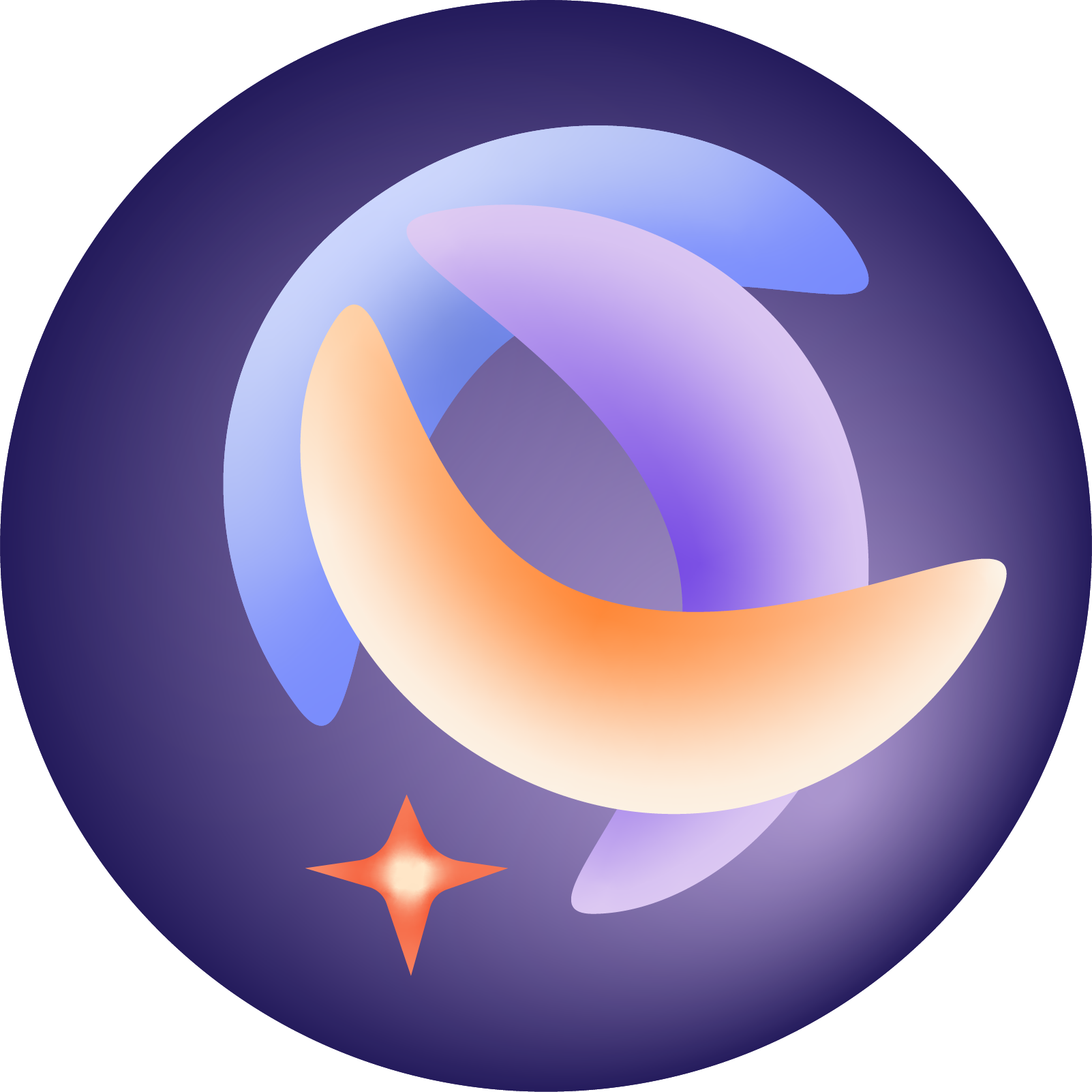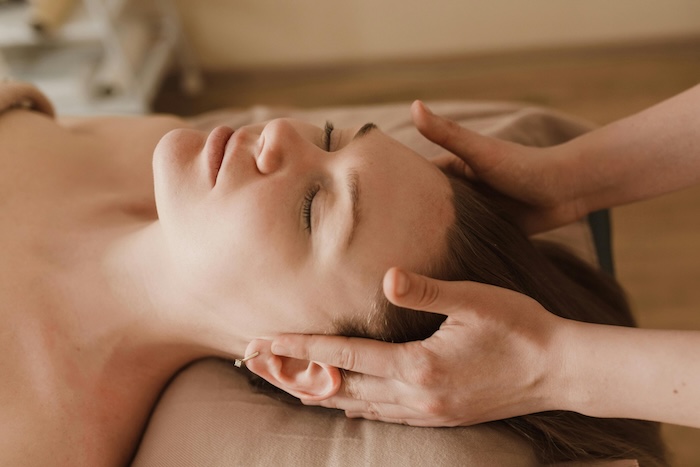The Holistic Approach to Healing Burnout
Modern medicine often focuses on treating symptoms, but a holistic approach addresses the root causes of burnout. Here are three effective, holistic practices to help restore your well-being.
1. Cuddle Therapy Cuddle therapy involves non-sexual, platonic touch to promote feelings of comfort and safety. Human touch is a powerful tool for healing, releasing oxytocin—often called the “love hormone”—which helps reduce stress and anxiety levels. This practice offers multiple benefits:
- Alleviate Emotional Stress:
Touch fosters a sense of connection, combating feelings of isolation that often accompany burnout. It can remind individuals that they are cared for and supported.
- Enhance Sleep Quality:
Oxytocin release can improve sleep patterns, allowing the body to recuperate. Sleep is vital for restoring physical and mental health.
- Boost Mood:
Cuddle therapy encourages a natural release of endorphins, which are the body’s feel-good chemicals. This can significantly improve overall emotional well-being.
In a world where physical touch is often overlooked, cuddle therapy provides a safe space for individuals to reconnect with their emotional needs. It’s a simple yet profound way to nurture oneself.
Check if Cuddle Therapy is right for you here
2. Craniosacral Therapy
Craniosacral therapy is a gentle, hands-on technique that focuses on relieving tension in the central nervous system. This therapy works by addressing imbalances in the craniosacral system—the membranes and fluid that surround the brain and spinal cord. Here’s how it helps:
Reducing Physical Tension: Light touch encourages the release of restrictions in the craniosacral system, relieving muscle tightness and tension. This can ease physical discomfort caused by prolonged stress.
Calming the Mind: By supporting the nervous system, craniosacral therapy can lower anxiety and promote mental clarity. It helps individuals feel grounded and centered.
Boosting Energy Levels: Restoring the body’s balance allows for improved energy flow, combating the fatigue associated with burnout.
This subtle yet powerful approach can be a game-changer for those feeling overwhelmed and physically drained. It’s a practice that aligns the body’s natural rhythms, facilitating self-healing and rejuvenation.
You can book your craniosacral therapy session here
3. Active Meditation
Unlike traditional meditation, active meditation involves movement and engagement, such as walking, dancing, or guided visualization. It’s particularly effective for people who struggle to sit still or quiet their minds. Active meditation offers a unique way to process stress and regain focus. Here are its benefits:
Release Pent-Up Energy: Movement helps process stress stored in the body, promoting a sense of release and freedom. Activities like yoga, tai chi, or mindful walking can be especially beneficial.
Enhance Mindfulness: Active meditation allows individuals to remain present and connected to their surroundings, fostering mental clarity. This can help break the cycle of ruminating thoughts often
Encourage Creativity: By engaging the body and mind, active meditation can inspire new perspectives and problem-solving skills. It’s an excellent way to unlock creativity and innovation.
For individuals experiencing burnout, this dynamic practice provides a sense of empowerment and reawakening. It helps them reconnect with their inner selves while staying engaged with the world around them.



